We got back to Heathrow yesterday. Of course, it was folly to think that our suitcases might still be there. Instead, according to a computer generated message to which it is, of course, impossible to answer, they may be on their way to Madrid even in spite of the fact that British Airways, if their computer systems were operating, ought to know that we have returned. So, I have spent this morning realising how much of my life is contained in a suitcase: the suit that I want to wear this evening; my best shirt; my only operating alarm clock; the books that were going to be gifts to friends in Madrid; my braces. This is as nothing to the suitcase of my wife which contained the pills that keep her alive (luckily, we obtained some from a helpful Spanish pharmacist). The suitcases are said to be in a warehouse somewhere in Heathrow, no doubt in the care of a subcontractor, awaiting reassignment. One day we can hope to see them again, but no-one can tell us when.
Monthly Archives: May 2017
Factum Arte (2)
I’m not sure that I did full justice to the experience of visiting Factum Arte, particularly to the odd surrealism of seeing a lifesize copy of the Last Supper suspended in an empty warehouse, not to mention my birthday feast:-
Madrid (2)
Tuesday morning in Madrid. There’s a taxi strike which feels more like a General Strike. Every taxi driver is assembled for a big march down the Paseo del Prado, armed with firecrackers. Most of the shops are closed. I left the hotel to explore more of the local neighbourhood, including the Caixa Forum, which was converted by Herzog and de Meuron out of a local power station, with a vertical garden by Patrick Blanc:-
 From here, I walked through the old working class district of Lavapiés, admiring the occasional remains of nineteenth-century Madrid – the lettering on old shops and bars, the squares created by Joseph Bonaparte by his demolition of convents and monasteries – back to the more densely populated and prosperous Barrio de las Letras:-
From here, I walked through the old working class district of Lavapiés, admiring the occasional remains of nineteenth-century Madrid – the lettering on old shops and bars, the squares created by Joseph Bonaparte by his demolition of convents and monasteries – back to the more densely populated and prosperous Barrio de las Letras:-
This is no. 13, Calle de las Huertas with an elaborate ornamental doorway by Pedro de Ribera, dated 1734:-
So, back to the hotel:-
Ivory Press
We were also able to see examples of the many projects undertaken by Ivory Press: photographs from the Estate of Francis Bacon; a project in which Ai Weiwei documented the construction of Beijing Airport; Sophie Calle’s interviews with famous Angelenos; a big book on handmade paper of Richard Long’s tents round the world; Anish Kapoor’s Wound (2005); a recent project of stereoscopic photographs by William Kentridge, due to be exhibited this autumn.
Upstairs, there’s an art bookshop:-
Mariana Cook
Since we have realised that we will have to try and beat a retreat from Madrid tomorrow (flights permitting), we came to see the exhibition of Mariana Cook’s photographs, the raison d’être of our Madrid trip. It’s being held at Ivory Press, Elena Foster’s very beautiful exhibition space, designed by her husband, Norman, and reminiscent of the entryway he designed long ago for Katherine Hamnett in Brompton Cross:-
 The exhibition is called Lifeline and was selected by Elena Foster herself from works which Mariana took between 1999 and 2015, when she tried to take one photograph a day, often extremely abstract, of objects or details of daily life – a leaf, a pair of pliers, a bucket, a view from her apartment window. Besides the photographs, I very much enjoyed the accompanying display cases, with documents of Mariana’s life as a photographer, including an early photograph of her in Yosemite being photographed by Ansel Adams:-
The exhibition is called Lifeline and was selected by Elena Foster herself from works which Mariana took between 1999 and 2015, when she tried to take one photograph a day, often extremely abstract, of objects or details of daily life – a leaf, a pair of pliers, a bucket, a view from her apartment window. Besides the photographs, I very much enjoyed the accompanying display cases, with documents of Mariana’s life as a photographer, including an early photograph of her in Yosemite being photographed by Ansel Adams:-
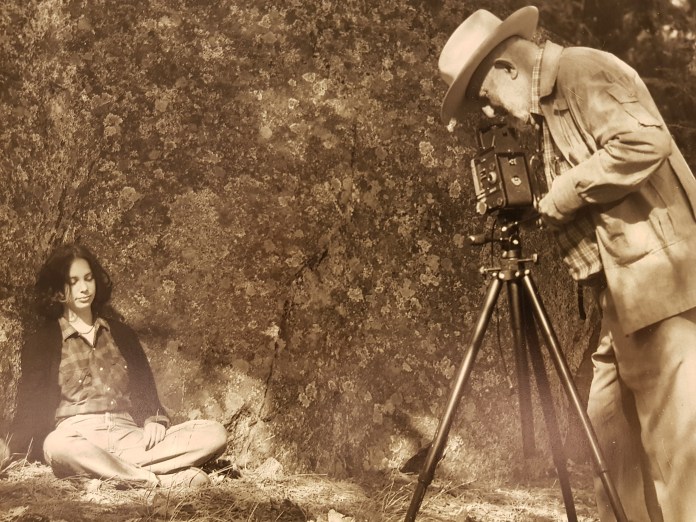
Thyssen Collection
We consoled ourselves by a late morning, leisurely visit to the Thyssen Collection, so beautifully housed in a building nearly opposite the Prado, designed and installed by Rafael Moneo and opened in 1992. As ever, I was amazed by the quality of the early paintings, most of which were acquired by Heinrich Thyssen from his father who acquired them while living in Hungary and later in Lugano from the wealth of his steel and armaments empire.
My highlights were:-
The panel from Duccio’s Maesta:-
The panels by Gabriel Maelesskircher of Saint Matthew at his Desk:-
An anonymous German painting of The Descent from the Cross:-
Dieric Bouts’s Virgin and Child:-
Juan de Flandres, Lamentation:-
Rogier van der Weyden’s Madonna Enthroned:-
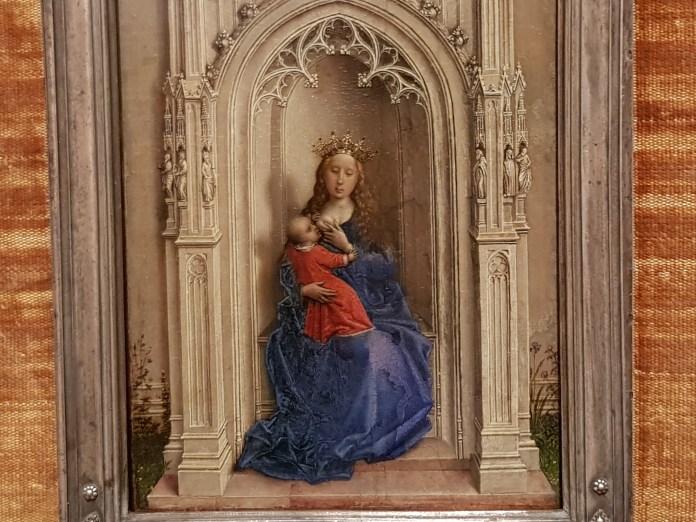 Petrus Christus’s Our Lady of the Dry Tree:-
Petrus Christus’s Our Lady of the Dry Tree:-
Ercole de’ Roberti’s Argonauts leaving Colchis:-
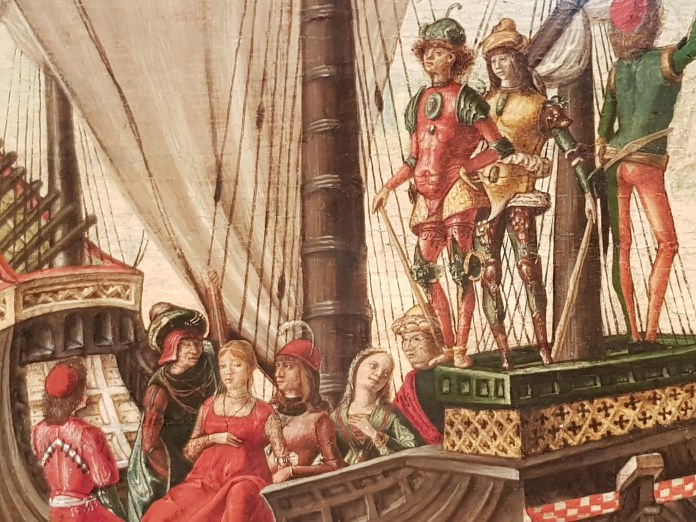 Cosimo Tura’s Saint John the Evangelist in Patmos:-
Cosimo Tura’s Saint John the Evangelist in Patmos:-
Memling’s Portrait of a Young Man:-
British Airways (2)
I have been very grateful for all the very helpful suggestions of what to see and do in Madrid. The truth is that we are prisoners of British Airways having put us on a flight to Madrid, but without our luggage, and not providing any information as to where it is and what has happened to it, other than the not very helpful suggestion on the Iberian Airlines website, where its loss is logged, to check back later. It’s apparently the sixth time that the British Airways system has crashed in the course of a year, according to its Chief Executive, owing to problems in the power supply. I am the first to recognise that there can be problems with IT systems, but firing their IT specialists and outsourcing to India may not in retrospect have been the best way to solve the problems.
Factum Arte
We celebrated my birthday with a dinner in the courtyard of Factum Arte in a remote suburb of Madrid. It began with a tour of the work they are undertaking: a reproduction of the Assyrian winged lions from the British Museum; a faded replica of Leonardo’s Last Supper; a reproduction of Graham Sutherland’s portrait of Winston Churchill. What they do mainly is make works for artists which require some particular specialist skill. Then, they also do detailed digital reproduction of works of art at risk, as well as works which have for some reason been destroyed. It’s a factory of ideas – three quarters craft and one quarter technology:-
Madrid (1)
I slipped out of the hotel last night to buy a charger (one of many essentials lost in our luggage) and now realise that I was in the heart of Los Literatos, the area which was dominated in the nineteenth century by the cafés and theatres of liberal writers and intellectuals, opponents to the rigid censorship of Ferdinand VII. Opposite the old Palace Hotel, opened in 1910, was the tourist office, under wraps and awaiting renovation:-
Nearby, on the Calle del León is the discrete entrance to the Ataneo Artistico, Cientifico y Literario, the Spanish equivalent of the Royal Society and British Academy, with a Lecture Theatre and Library which I couldn’t see:-
Before returning to the hotel, I saw another grand nineteenth-century building on the Carrera de San Jerónimo, also covered in netting:-
Hispanic Society of America
I have been pleased to catch the big exhibition of Treasures of the Hispanic Society at the Prado, having long loved its rather gloomy headquarters on 155th. Street. Inevitably in a big, celebratory exhibition, it shows what the Society owns to better effect, beginning with antiquities, including an amazing bronze lamp, a Visigothic belt buckle and Umayyad pyxis. Wonderful pieces of medieval metalwork, all acquired unprovenanced from Lionel Harris, a London antique dealer, in 1906. Huntington collected medieval books and manuscripts fanatically as well, from a German dealer called Karl Hiersemann. Then the great paintings for which the collection is best known – El Grecos, Zurbarán, Ecce Homo by Luis de Morales, two wonderful Velázquez portraits, and Goya’s Duchess of Alva. Upstairs is a collection of portraits of grand Spaniards of his day. An exhibition particularly, and unexpectedly, rich in sculpture and decorative arts.

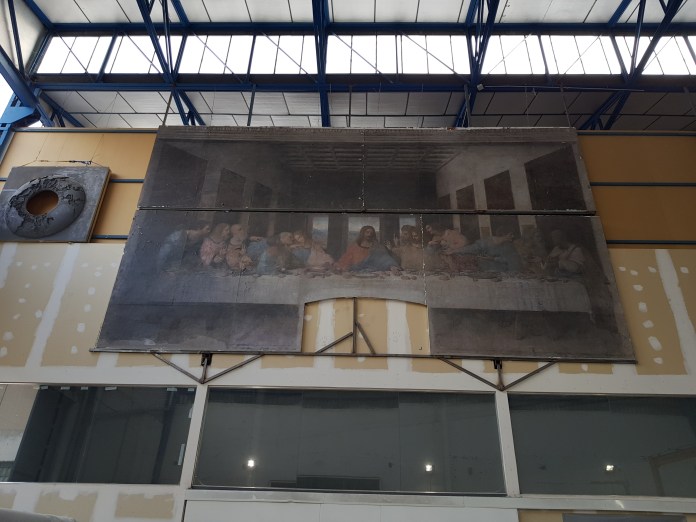

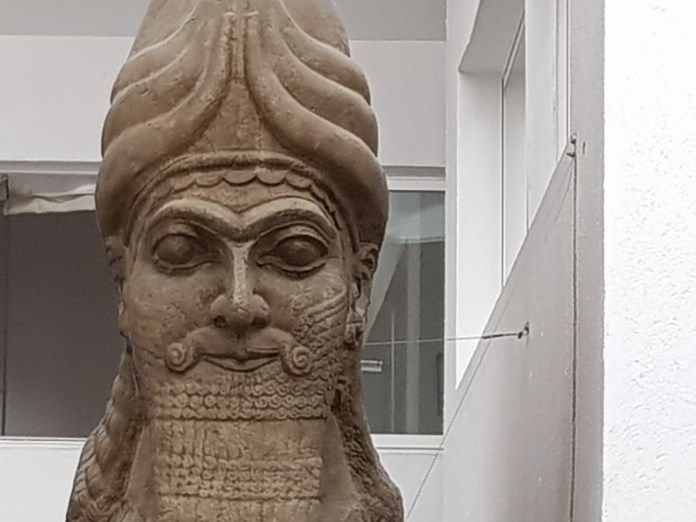
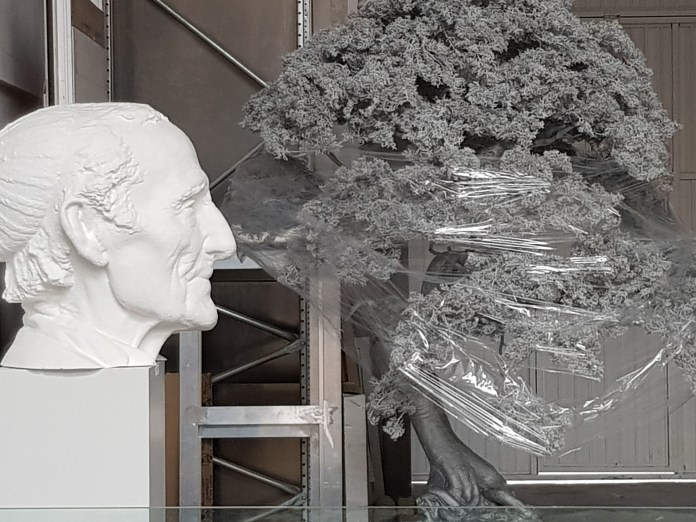
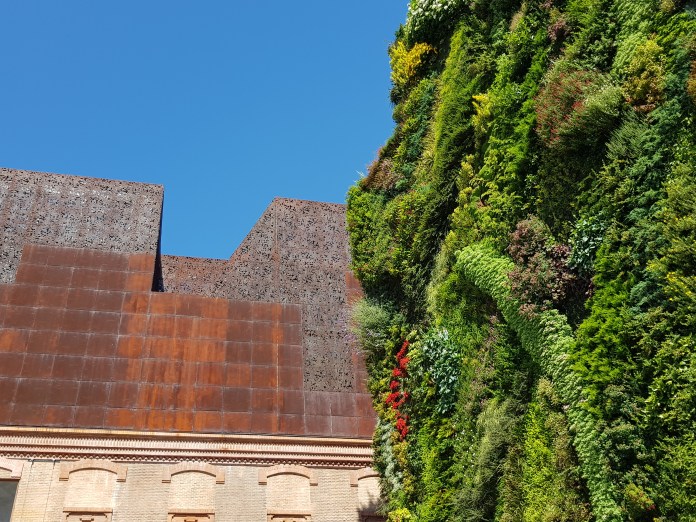
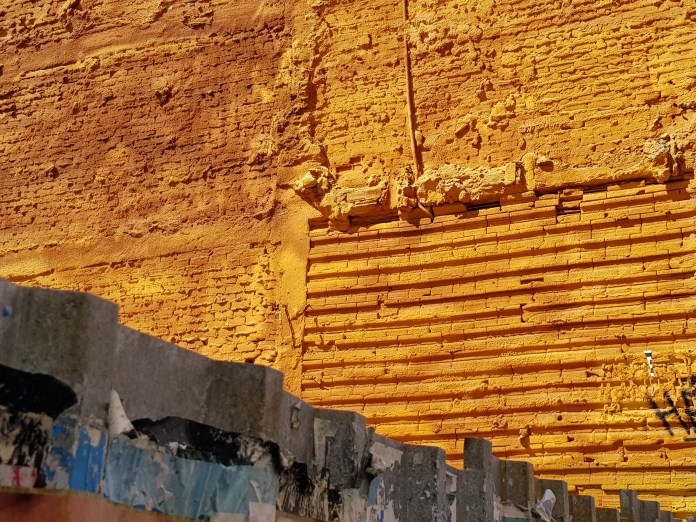

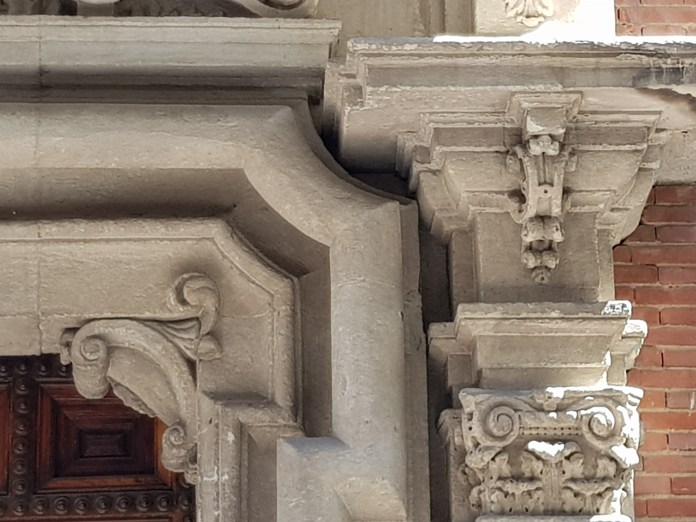

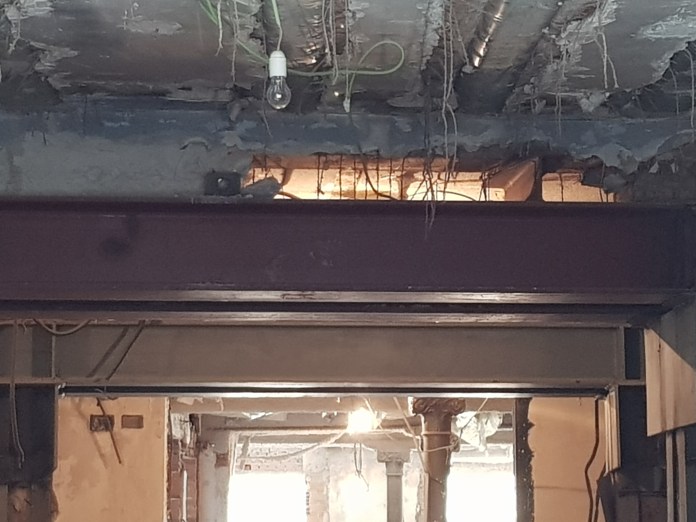
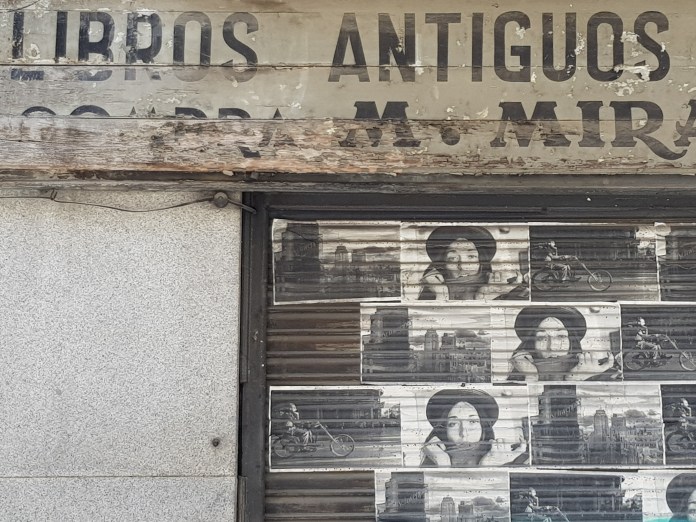
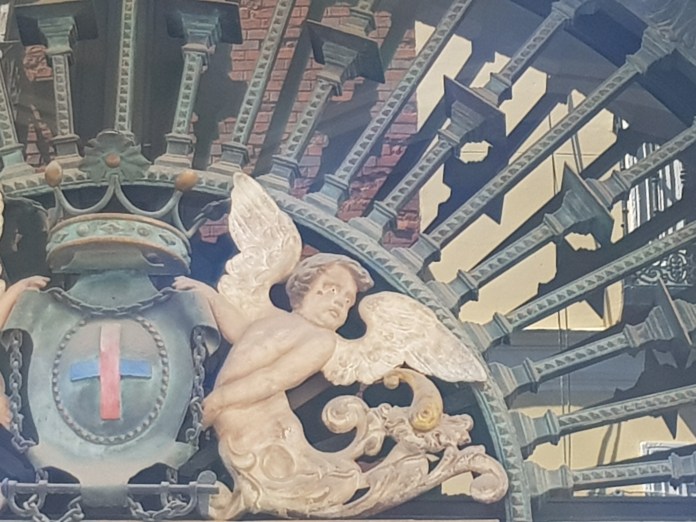
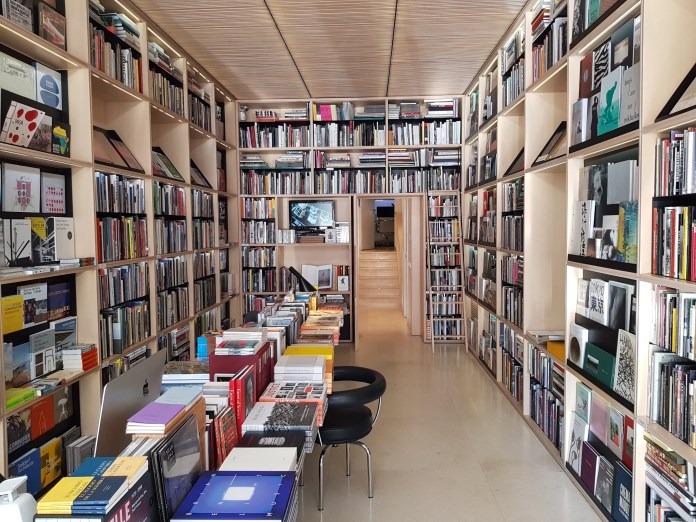


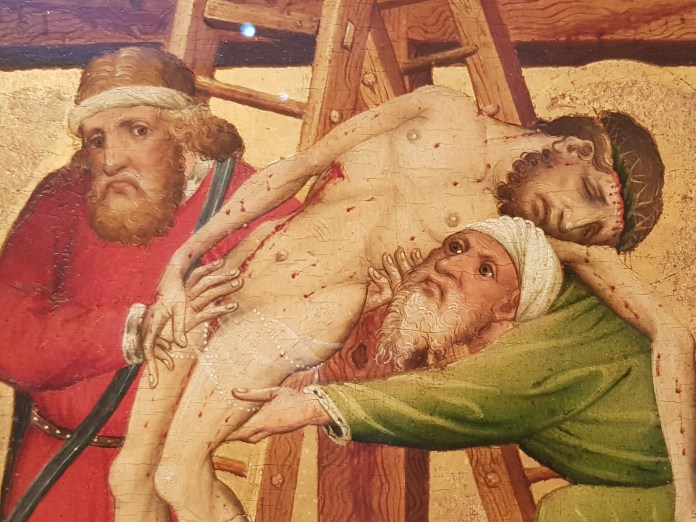


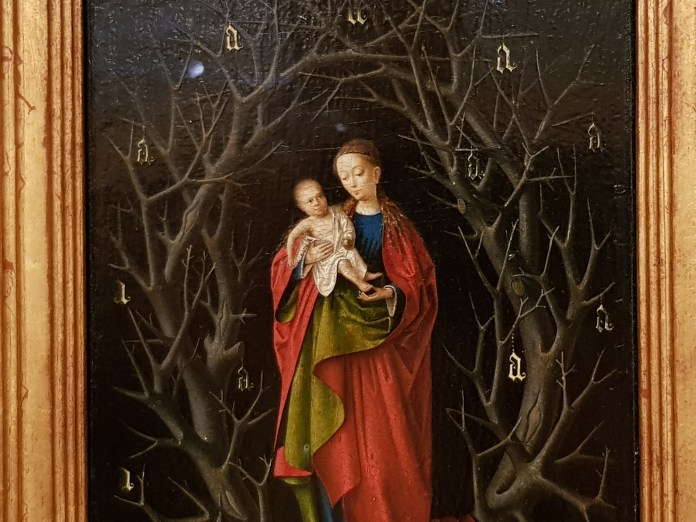
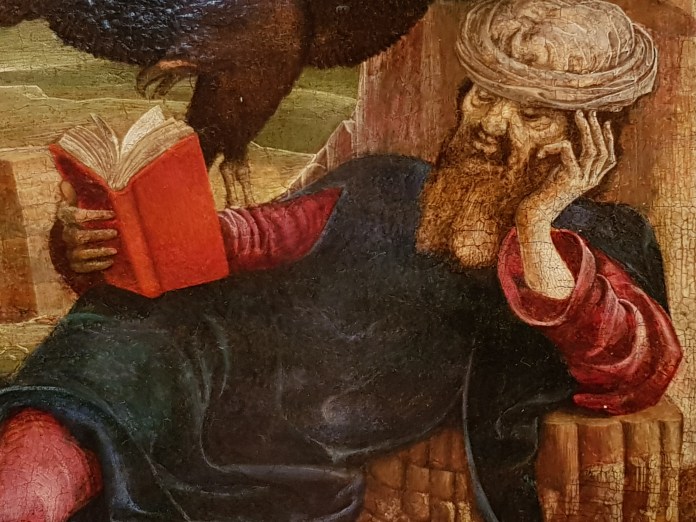
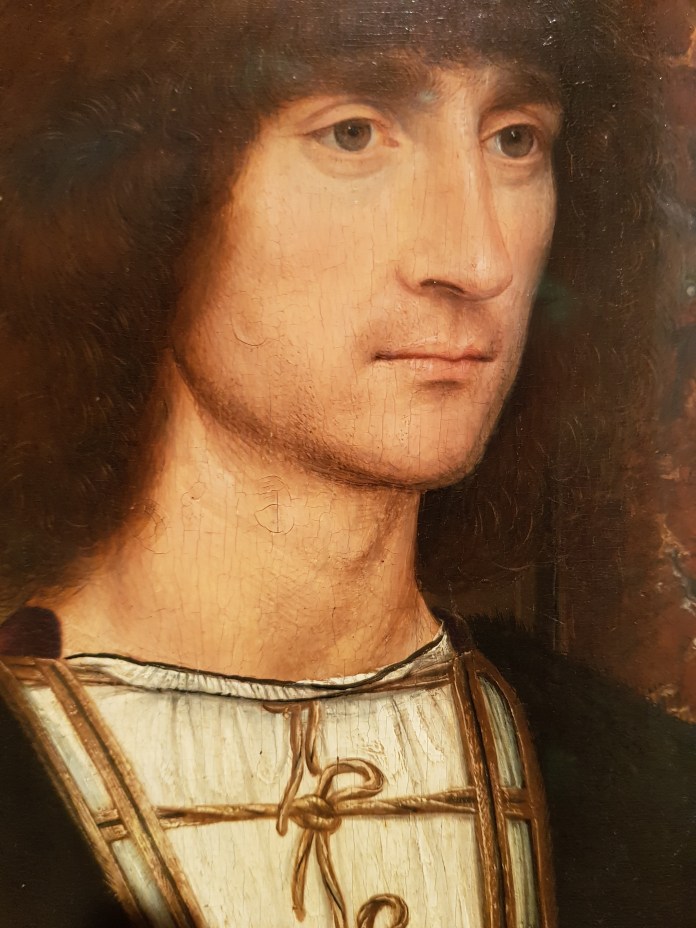
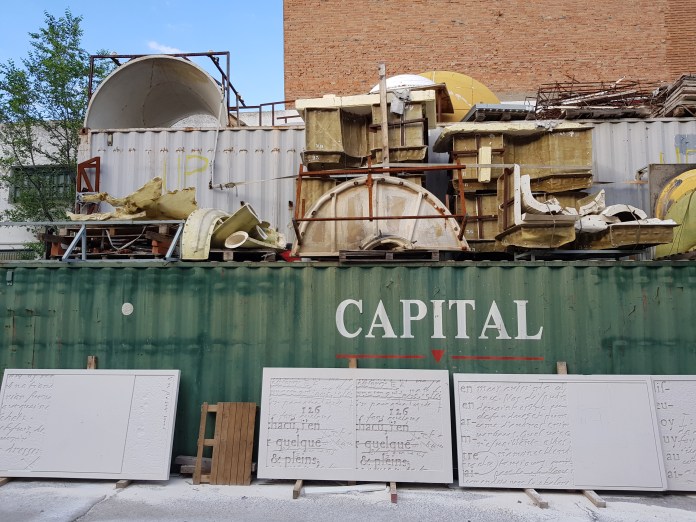

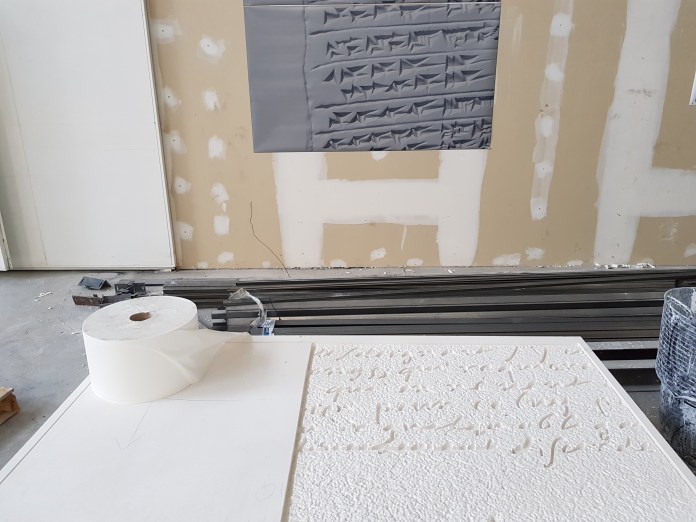
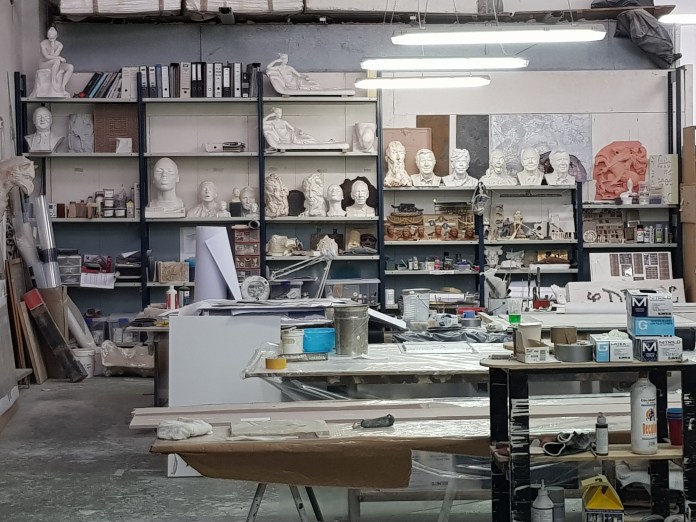
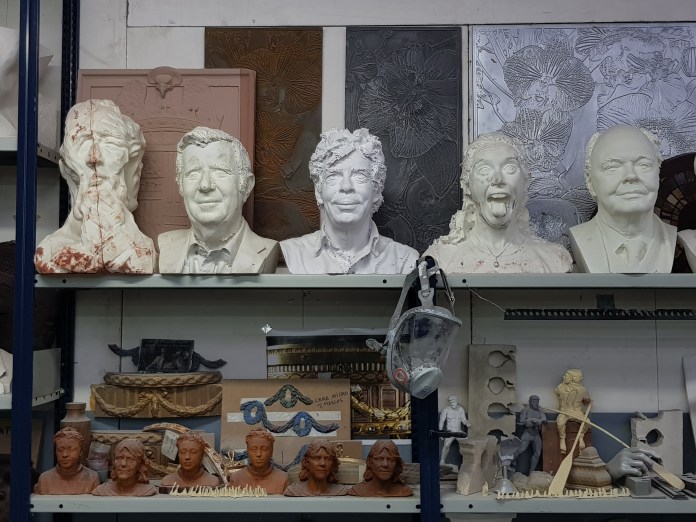
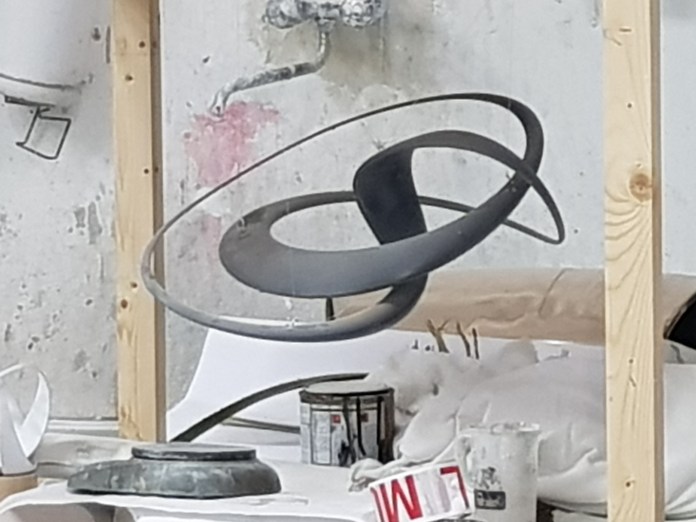
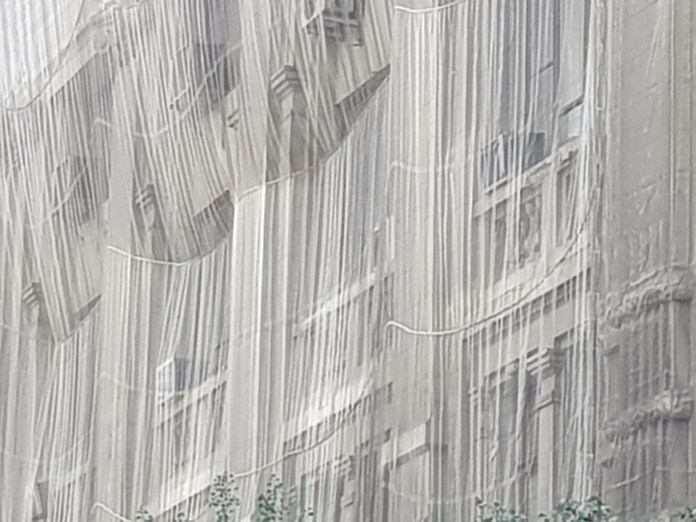
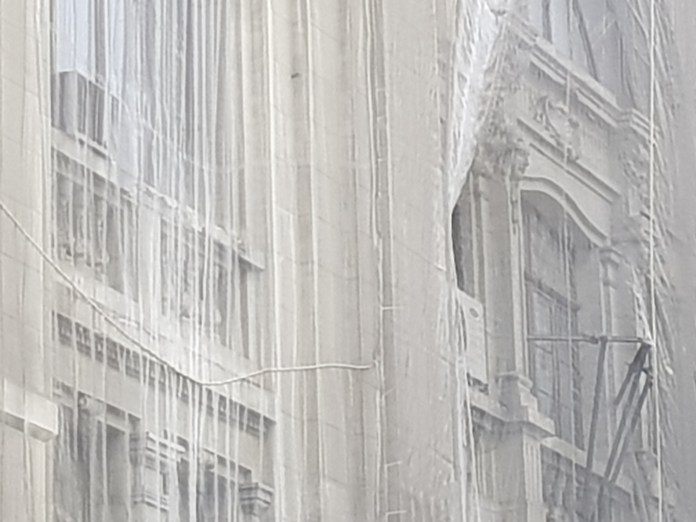
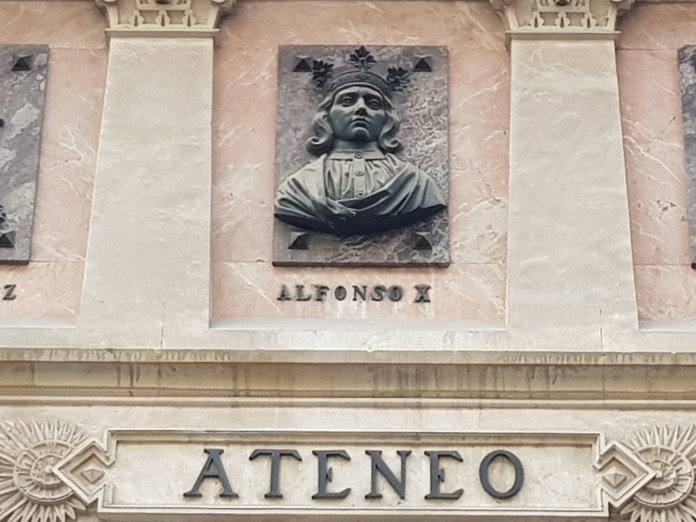
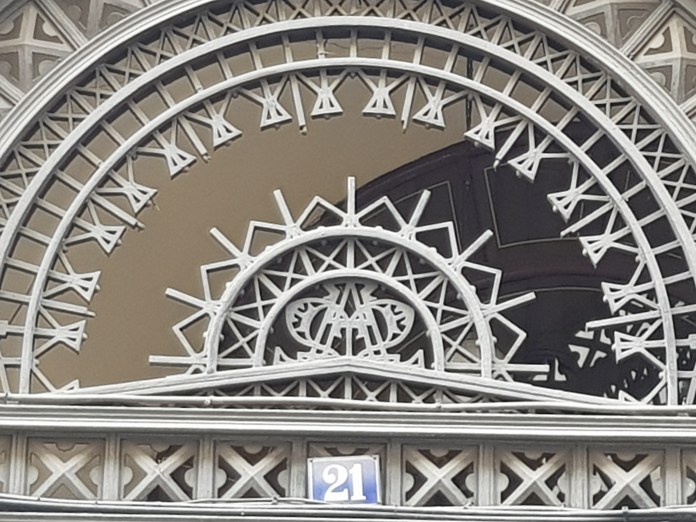
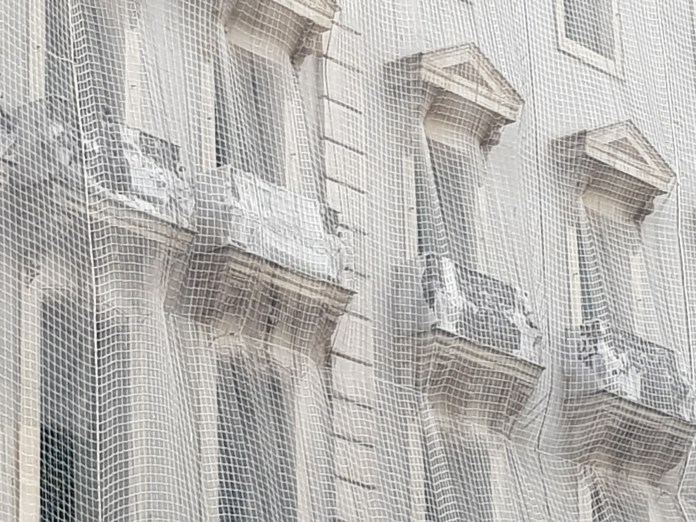
You must be logged in to post a comment.